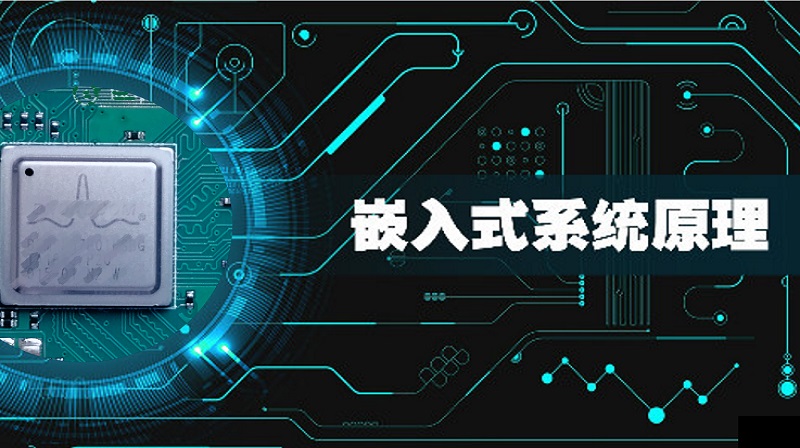第二章 Principles and Applications of Microcontroller:8051单片机的原理与应用:介绍8051单片机的内部结构、工作原理以及各部分的用法、编程2.1Introduction to Design of control system for Automatic Sampler:首先介绍第一个课程设计的要求[单选题]如果8051的I/O引脚没有内部上拉电阻,向对应的IO寄存器的对应位写入0时,该引脚的输出电平为 :
2.2Introduction to 8051 MCU:8051单片机架构的简介
2.3Pinout Description of 8051 MCU:引脚功能分类介绍
2.4Input Output Ports of 8051 MCU:8051输入输出引脚
2.5Memory Organization:单片机的存储结构
2.6Special Function Registers:特殊功能寄存器
2.7Counters and timers:计数器和定时器的工作原理及应用编程
2.8UART (Universal Asynchronous Receiver and Transmitter):通用异步串行通讯接口的工作原理及应用编程
2.98051 Microcontroller Interrupts:8051 中断系统的工作原理及编程
2.108051 Microcontroller Power Consumption Control:8051单片机的功耗管理
选项:[高, 低, 不确定]
[单选题]There are 4 I/O ports in 8051 MCU. In these ports, P has No Pull-up register in it.
选项:[0, 1, 3, 2]
[单选题]8051 CPU is using structure。
选项:[Harvard, Neumann]
[单选题]如果I/O引脚没有内部上拉电阻,向对应的IO寄存器的对应位写入1时,该引脚的输出电平为 :
选项:[不确定, 高, 低]
[单选题]要读入8051MCU的I/O引脚的状态,需要先向IO寄存器的对应位写入 ,保证引脚内的MOS管是截止的,然后再读取。
选项:[0, 1]
温馨提示支付 ¥3.00 元后可查看付费内容,请先翻页预览!


